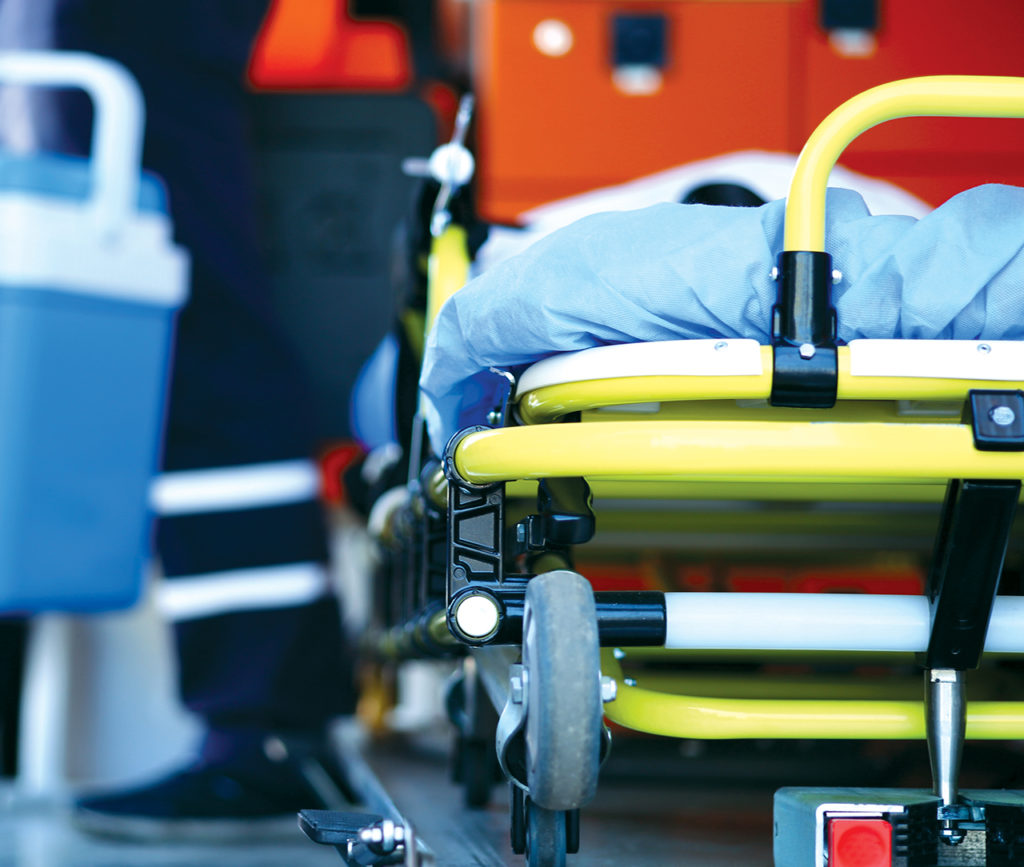About Emergency Preparedness

It’s time to change the way California thinks about disaster response. The COVID-19 pandemic showed that hospitals can quickly mobilize to provide flexible approaches to patient care during a disaster. The state must draw upon these lessons to prepare differently so the next crisis will be less severe. Given California’s size and complexity, the health care disaster response system of the future must be nimble enough to respond to any catastrophe. View more information on hospital disaster preparedness.
Lessons Learned from the Missouri Disasters of 2011
The number and magnitude of natural disasters affecting Missouri in 2011 demonstrated the importance of hospital planning and preparedness. Hospitals throughout Missouri activated their emergency operations plans and the hospital command centers because of the 2011 disasters. And, although the financial damage for all three events was substantial, the impact on the health care system was manageable.
Planning for Water Supply Interruptions: A Guide for Hospitals
Developed by the Healthcare & Public Health Sector Coordinating Councils, this tool highlights some of the impacts of a water interruption and poses questions to ask to help you prepare for an interruption.
Building Health Care Sector Resilience
Hospitals play a crucial role in community resilience, particularly in the face of increasing incidents of extreme weather due to climate change.
Hurricane Harvey: Volunteer Efforts During Disaster
National Voluntary Organizations Active in Disaster (VOAD) members respond to calls for help. National VOAD is an association of organizations that mitigate and alleviate the impact of disasters, provides a forum promoting cooperation, communication, coordination and collaboration; and fosters more effective delivery of services to communities affected by disaster.
The Last Stand: Evacuating a Hospital in the Middle of a Wildfire
Learn about the experiences of Dr. Josh Weil, Skip Skivington, and Mitch Saruwatari during and after the North Bay Fires. ASPR TRACIE interviewed these Kaiser staff members about their personal encounter with the wildfire and professional ordeal evacuating a hospital in the midst of one.
Hospital Evacuation: Lessons Learned from the Caldor Fire
2022 Disaster Conference
This presentation from Barton Health provides insights on response and business continuity plans in the event of a wildfire evacuation. Presenters share lessons learned from the full-scale evacuation of Barton Memorial Hospital and skilled-nursing facility in response to the Caldor Fire. The presentation reviews the logistical challenges of evacuating and repopulating a bi-state rural health care system, explore staffing and personnel challenges and considerations, and shares lessons learned.
Hospital Evacuation Considerations for Hospitals
2022 Disaster Conference
This session was presented by Kaiser Permanente Northern California and provides emergency management personnel with an overview of hospital evacuation considerations when there are only minutes to hours to prepare. The presentation reviews the life cycle of an evacuation event including the Pre-Evacuation, Evacuation, and Post-Evacuation stages, with a focus on the preparedness and response actions in each stage.
Hospital Planning for Natural Disasters: Overview
When planning for natural disasters, hospitals should focus on several key considerations.
Portable Mass Fatality Remains Storage
Military, federal and state agencies have worked with Mortuary Response Solutions (MRS) to employ a mass fatality management and storage solutions for mass fatality events. MRS has designed, engineered and tested the four types of refrigeration systems to support storage of human remains.
Coroners’ Mutual Aid & Mass Fatality Management Planning Program
The Coroners’ Mutual Aid & Mass Fatality Management Planning Program is an integral component of the California Law Enforcement Mutual Aid System.